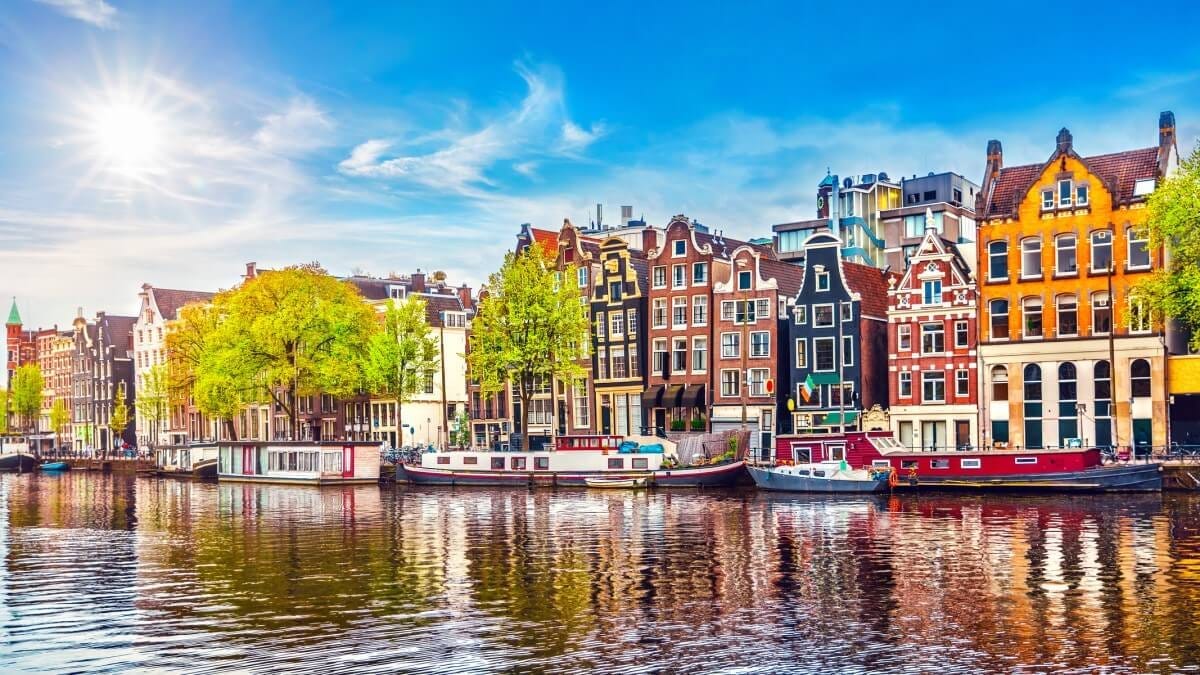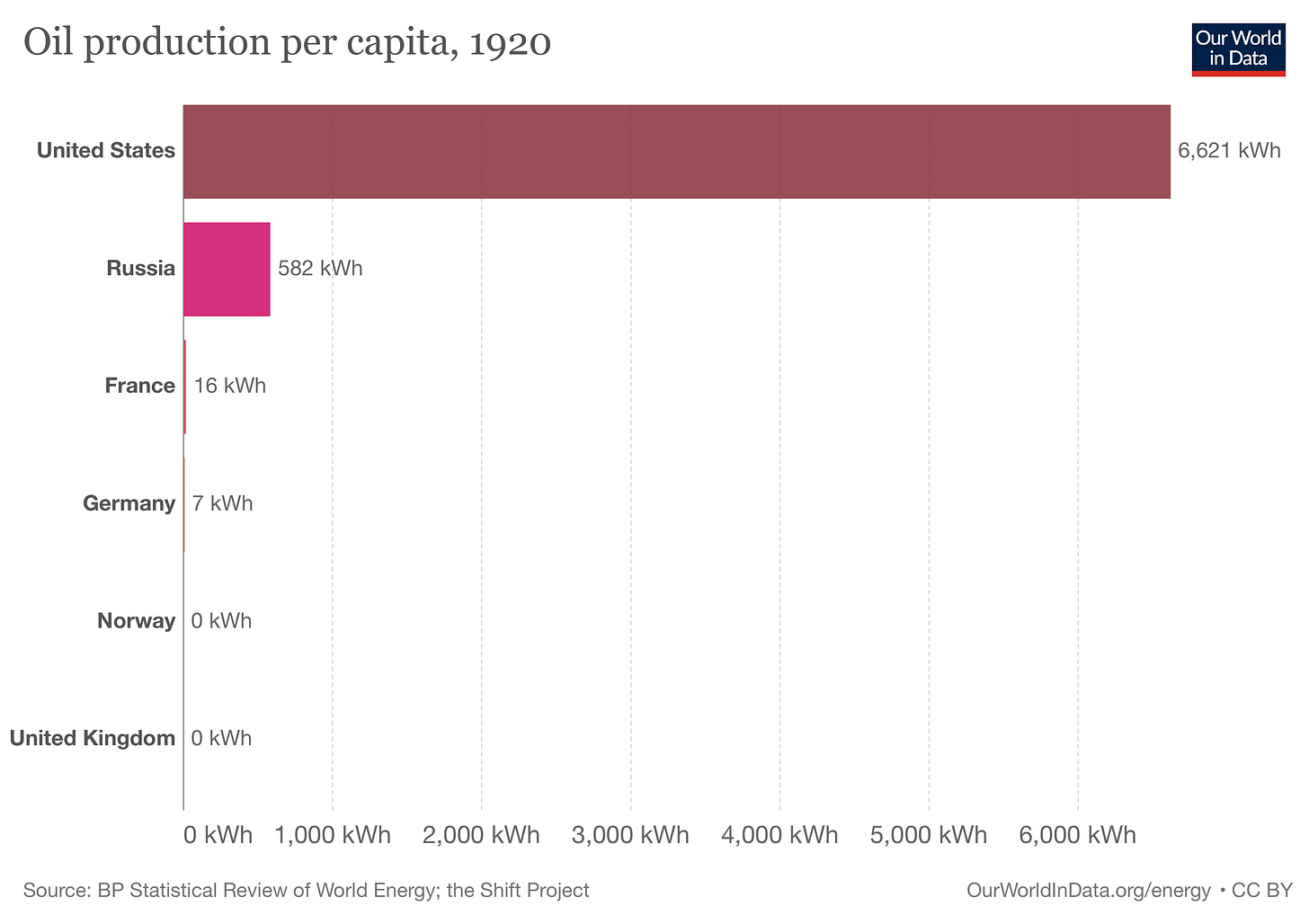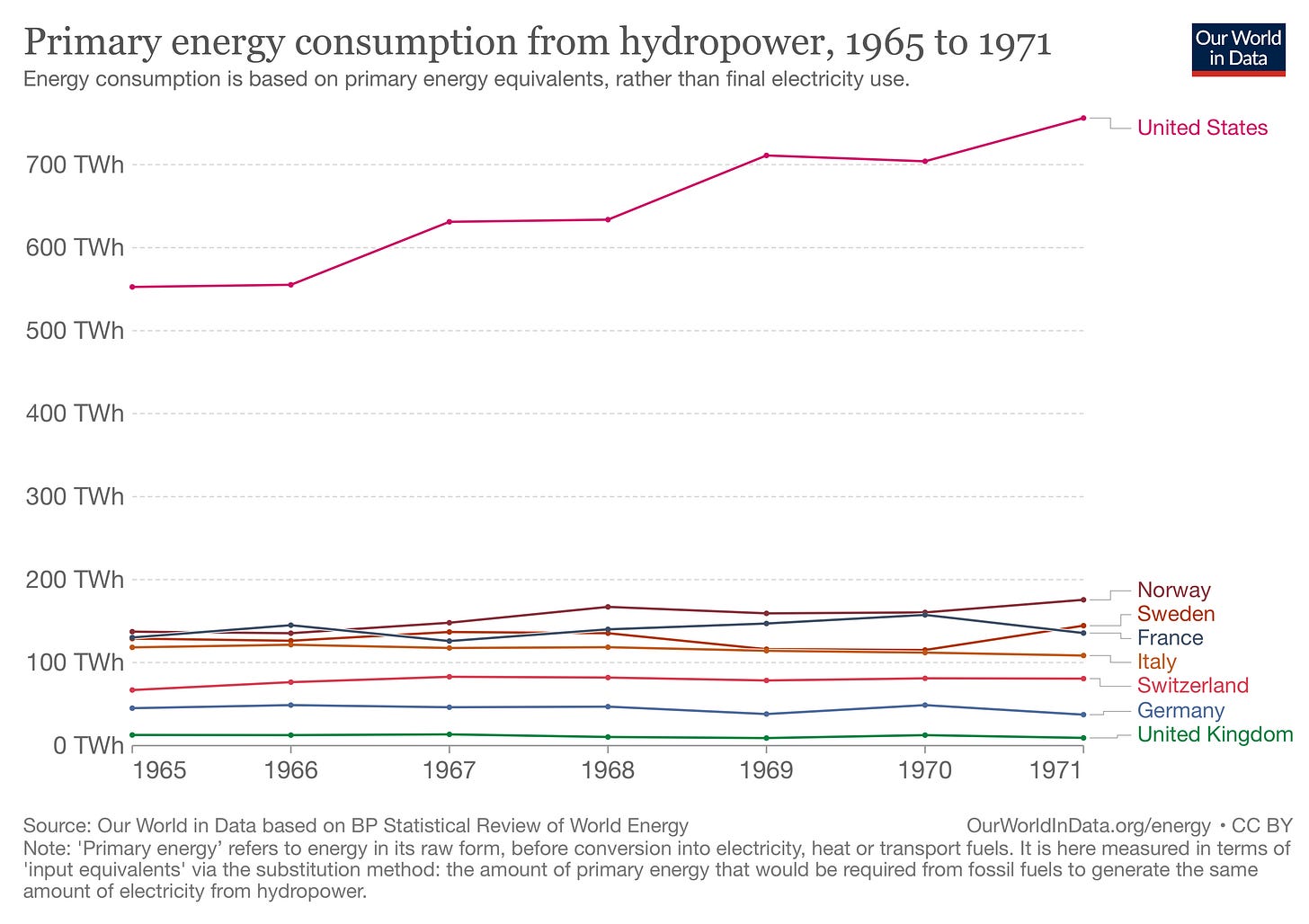No, Capitalism Did Not Make America the Richest Country
America is the largest economy on the planet, but what made America so rich? Was it only capitalism and hard work?
America has built a mythology arounds its economic success as being built on hard work, rugged individualism and free wheeling capitalism.
This story is intended to challenge that myth. My goal is not to suggest that entrepreneurial spirit, free markets and hard work did not play a significant role. Rather I want to highlight all the other factors which are usually left out this self-promoting tale.
Let me try to clarify some of motivations for doing this. There has long been a debate about what kind of social and economic model leads to more prosperity for its citizens and the world. You have venerable old weekly magazines such as the Economist, published since 1843, which clearly state that they are champions of economic liberalism.
Their articles are well written and argued. I say this to clarify that it is possible to respect the journalistic integrity of writers you fundamentally disagree with. I disagree because I am a social democrat, who champion the Nordic social and economic model, yet I think the Economist represents quality journalism.
American Advantages in Economies of Scale
Is the European and Japanese failure to dominate in the creation of internet services, movies and other media content due to lack of talent or skill? And if not, what is the reason that Hollywood, Netflix, HBO, Facebook, Google, eBay, Amazon, Apple and Microsoft are all American?
My hope is that as a reader of this story you can get a different perspective on social an economic history than what is usually pushed in the media. The kinds of views pushed by the Economist is quite dominant while the Nordic perspective is more or less absent. Or rather it is absent in the English-speaking online world.
The Myth About Oppressed Europeans Seeking Fortune and Freedom in America
A popular narrative within conservative circles in America goes something like this:
Europeans got oppressed and held back by the government. They were not free. The fled to America where they finally got freedom and got unshackled from government holding them back.
With freedom, small government, capitalism and hard work these immigrants build their fortune and success with little beside their own bare hands.
Stories like this would, of course, not exist if there was not any truth to them. America was in the 1800s more democratic than most European countries. It also offered more religious freedom. There was many persecuted religious groups which fled to the US.
Yet there are numerous problems with this narrative. Europe is not homogenous, but a patchwork of states with widely different governments and institutions. Europeans could for the most part travel within Europe.
For people seeking better fortunes and more freedom, America was simply not the only option. My home country Norway offers several counterpoints, which we will look at. But why use Norway as an example? Because, after Ireland it was the country with the second largest number of emigrants relative to population size. There are more Norwegian-Americans than Norwegians in Norway today.
Netherlands: The Original Land of Opportunity
Many Americans think that Europeans packed their bags and went straight to America to gain more opportunities. Yet for centuries Europeans have traveled to other European countries as conditions have changed.
Before the United States, the land of opportunity for many Europeans was in fact the Netherlands. The Netherlands was among the more prosperous countries in Europe and had great religious freedom. In fact American religious freedom was heavily influenced by the Dutch. Religious tolerance was not the norm in American colonies initially, with the exception of the colony controlled by the Dutch: New Amsterdam, today known as New York.
Read more in Smithsonian magazine: America’s True History of Religious Tolerance.
New Amsterdam offered religious freedom just like home in Netherlands. Thanks to the importance of New Amsterdam and later New York in the New world, this practice inspired other colonies to gradually accept religious freedom as the standard.
For the curious: The Dutch, New Netherland, and the Struggle for Freedom of Religion.
The Dutch influence has been key in many ways. The American declaration of independence was heavily influenced by the Dutch declaration of independence:
“Of all the models available to Jefferson and the Continental Congress, none provided as precise a template for the Declaration as did the Plakkaat,” says Lucas, an expert on historical rhetoric. “When you look at the two documents side by side, you cannot avoid noticing that the American Declaration more closely resembles its Dutch predecessor than any other possible model.”
From 1600 to 1800 there was major immigration of Norwegians to the Netherlands. In relative terms the economic opportunities for Norwegian traveling to the Netherlands was greater than for somebody traveling from Mexico to the US today:
A Norwegian girl working as a maid in a family in Amsterdam could earn around 120 guilders a year, equivalent to about 48 Norwegian riksdaler. In Norway, the pay for the same job was 1¼ riksdaler, including clothing, board and lodging.
This difference seems extreme but I have tried to verify the numbers. The 120 guilders per years seems plausible according to this source. However a maid got paid 8 riksdaler in 1786 in Oslo according to this source. That means servants got paid 6 times more in the Netherlands than in Norway. In short, the Netherlands represented major economic opportunity for Norwegians and many other Europeans.

Democracy and Freedom in the Old Country
Huge numbers of Norwegians emigrated to the US in the 1870s. Were they fleeing an oppressive government? Were they looking for freedom?
No, quite the contrary. The US was not founded as a full blown democracy. In 1789 the US constitution gives states the right to set voting requirements:
Generally, states limited this right to property-owning or tax-paying white males (about 6% of the population).
In other words, the US was hardly a land of the free. In contrast, when Norway got its constitution in 1814, a whole 40% of the population could vote (about 20% of the American population could vote at this point). That meant that most of the male Norwegian population could actually vote. Thus the Norwegians who emigrated to America were not oppressed people, but citizens of one of the most democratic countries in the world.
Thus Norwegians were hardly leaving in huge numbers to escape government oppression.
If Not Oppression, Why Did Europeans Go to America?
There are numerous accounts and stories about the Norwegians who left for a new life in America. Several in my own distant family traveled to America in the late 1800s and early 1900s.
What motivated these Norwegians was massive amounts of free agricultural land. In Norway only 2.5% of the land can be used for agriculture, and Norway is as far north as Alaska. Both the soil and climate is poor. The average farm in Norway around that time was 20 acres. In America through the homestead act they gave away 160 to 320 acres of land basically for free. That was basically 16 times more land than an average farmer could hope to own in Norway for free.
But it was not merely the quantity which mattered but also significantly better soil quality and climate. Norway was not alone in this regard. Thus US offered a massive advantage in terms of agricultural land compared to most of Europe. Below is a graph of agricultural land per capita of different countries.
As late as 1961, the US still had e.g. 9 times as much agricultural land per capita as Germany. 3 times more than France which is the agricultural powerhouse of Europe.
American Resource Abundance
America however was not only blessed with vast tract of fertile land but also an abundance in every single resource which mattered to industrialization and building a modern economy.
America had access to more coal than any other major European power. In fact the US probably had more coal than all of them combined.
Most European countries don’t have access to coal. There is no coal in Nordic countries. Britain, the birthplace of the industrial revolution, is an exception. Britain could for a while, despite much lower population outcompete the US in coal production per capita.
Yet a mere 20 years later, the US does not only have much higher total production than anywhere in Europe, but also much higher production per capita.
Not only did the US have more coal but also better coal. German industrialization was delayed for instance because its goal deposits were very deep in the ground and required far more processing to be used in industry. My article on Germany and WWI discusses more in detail why German industrialization lagged the US:
But the American advantage was not limited to coal. Iron is one of the most important metal for industrialization. In 1900, the US produced 28 million tons of iron ore.
That production was more than twice that of the biggest producer in Europe, Britain, which produced 14 million tons at the same time. Germany the second largest producer, produced 12 million tons of iron ore.
From historical records we find that the US population at that time was 76 million. The UK had 41 million and Germany 54 million. Thus combined the largest iron producers in Europe had 95 million people but still produced less iron ore than the US.
Perhaps the most clear advantage in resources of any country has been oil production. When automobiles started to become common, America outproduced all other countries by a huge margin. Oil production in Europe with the exception of Russia was more or less non-existent.
Historically America has been completely dominating in oil production. The major European producers of oil, Norway and the UK are tiny compared to the massive American oil production.
So the US has had a clear advantage in agriculture land, coal, iron and oil resources. What about other resources not dug of the ground? My native Norway built a lot of its economy before oil production began in 1971 on hydro-electric power.
But even here the US is far richer in resources than Europe. Here we can see hydropower from 1965 to 1971.
In 1971, when Norway begins oil production, the US produces 756 TWh per year. I picked major hydropower producers in Europe as well as some of the major industrial nations of Europe. Together Norway, Sweden, France, Italy, Germany and the United Kingdom produce 613 TWh of power. It does not help to add more countries. Thus a continent with more than twice the population of the US, could not match its hydropower production.
Keep reading with a 7-day free trial
Subscribe to Erik Examines to keep reading this post and get 7 days of free access to the full post archives.

















